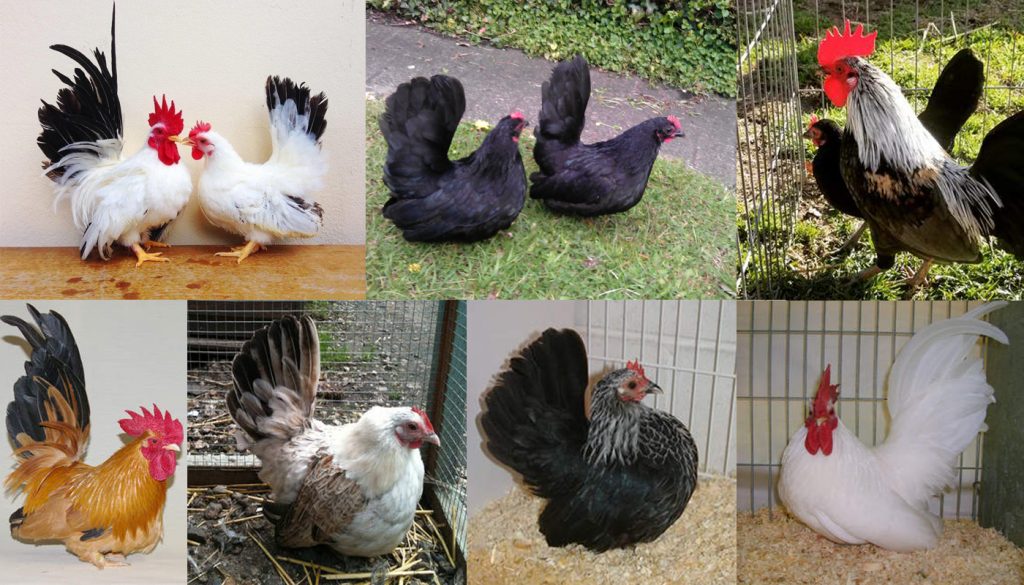
This beautiful chicken may be short and stocky, but its beauty has been gracefully decorating the gardens of Japanese royalty for centuries.
A true Bantam breed that is quite difficult to breed due to its complex short-leg gene but a complete delight to keep as a pet or show bird.
The Japanese Bantam is one of the most popular Bantam breeds found as a backyard chicken and or pet.
| Country of Origin: | Japan |
| American Poultry Association: | Recognized as a breed of chicken in the United States |
| Chicken Category: | Bantam Breed |
| You may Also Like: | TOP 10 BANTAM CHICKEN BREEDS FOR BEGINNERS |
| Chicken Class: | Single Comb Clean Legged |
| Bantam Variety Available? | There is only a Bantam Breed |
| Good Starter Chicken? | They are a low maintenance chicken with a nature that makes them perfect as a starter chicken. |
PURPOSE⇒ |
Eggs: They are poor egg layers.
They lay small Bantam sized cream/tinted color eggs from 45 – 50 per year They start to lay eggs from around 16 to 22 weeks old.
Meat: They do not make a good meat beat
Breeding: They are very difficult to breed due to the lethal gene that is responsible for their short legs.
Breeding Japanese Bantams should be done by experienced breeders or under the guidance of an experienced breeder.
Foraging: They love to scratch and forage about. But do well in confinement.
Show Bird: Their magnificent plumage and tail feathers make them an excellent show bird.
Pets: Their sweet nature makes them excellent pets
Other: These lovely ladies will lead the flock around the garden enjoying the day as they peck about at the pests.
|
| Flyers? | They can and will fly |
| Noisy Birds? | They can be noisy |
| Interaction with other chickens: | They get along well with other breeds. As with any flock if you are introducing new birds it is best to slowly socialize them with the flock. |
| Good with kids? | Their gentle nature makes them a great pet to have around supervised children. |
HISTORY
These Bantams are called true Bantams as they do not have a large fowl counterpart. This gorgeous little chicken has a very upright tail that somethings goes over its head. It is sometimes referred to as Chabo, Shojo Chabo or Katsura Chabo.
The Japanese Bantams very short legs are caused by a lethal gene and the proper Japanese Bantams are heterozygous. This means that when the birds are bred that some embryos (a quarter of the brood) will receive two mutant alleles, these embryos will die in the shell.
Another quarter will get two wild-type alleles which will make them have longer legs than the rest of the chickens in their brood. Breeders do not want the longer legged chickens. This leaves only half of the brood with one wild-type alleles and one mutant allele giving the chickens short legs.
Japanese Bantams are believed to have been gracing the gardens of Royalty in Southern China since the 7th century. There are paintings that have depictions of these Bantams from this era.
There are the experts, however, who believe that the Bantams did not arrive in Japan until 1603.
When Japan declared isolationism in 1636 the birds were definitely present in Japan. The Japanese had bred at least ten different color variations of the Japanese Bantams up until 1867.
By 1951 there were over 20 color variations of these beautiful little chickens recognized in Japan.
There are few color varieties that are recognized by the American Poultry Association and they are the White (which is pure white), Black, Black Tailed White, Black Tailed Buff, Barred, Brown Red, Grey and Wheaton.
CHARACTERISTICS |
|
|---|---|
IDENTIFICATION⇒ |
Appearance/Body: They have stout little bodies with short legs and upright tails that sometimes almost go over their heads. Their pretty faces have large red wattles, earlobes and combs.
Color(s) Recognized color varieties are Black, Black Tailed White, Black Tailed Buff, Barred, Brown and Wheaton.
Comb: They have a single comb
Ave. Weight: Pullet/Hen 20 – 22 oz
Cockerel/Rooster 22 – 25 oz |
| Life Expectancy: | The average lifespan is 8 years |
| Health: | They have no known health issues and are quite a hardy little bird. |
| You may Also Like: | HOW TO TELL IS A CHICKEN IS SICK |
| Temperament: | Inquisitive friendly little chickens that are full of un |
| Socialize Behavior? | They get along well with all other animals |
| You may Also Like: | HOW TO SOCIALIZING YOUR NEW CHICKENS |
| Known predators: | Most domestic animals leave them alone but it is always best to keep an eye on dogs and cats. If hawks and or foxes are in your area it is always best to take precautions Check with local animal shelters, zoos, vets, animal control and or pet stores about common predators in your area. |
| Conservation Status: | These birds conservation status is not recorded with the Livestock Conservancy. A breed’s conservation status can be checked at the conservation centers website. |
IDEAL ENVIRONMENT |
|
|---|---|
| Garden Size: | They adapt well to most sized gardens and take confinement well. They do like to free range and forage about, but you must ensure that they have a lot of shelters to hide from predators or various dangers. |
| Ideal Climate: | They are very hardy little birds in the summer but need extra protection to handle the cold. |
| Ideal Coop: | The rule of thumb for any coop is 50 cm x 50 cm per hen/rooster in the coop. Ensure there is a good space for the nesting boxes and nightly roosting rails at least 1.5 inches wide. Good ventilation for air but not too drafty especially in winter. It is always a good idea to raise the coop off the ground to give the birds a dry place to roost and lay especially in wet weather. |
| Ideal Coop Run: | Japanese Bantams are very good flyers and are small chickens, so it is advisable to fully cover the coop run. |
| Ideal Flock Size: | They are quite happy in any size flock as long as they have one companion to wander the gardens or chicken run with. |
| Special Instructions: | They have no special instructions. |
| Accessories: | The following accessories are ideal for your coop: Nesting boxes Straw for the boxes and roosting area Roosting rails Perches Water troughs/bowls Food bowls/feeders Heating lamp(s) Animal carrier for transport purposes |
| You may Also Like: | 45 FREE DIY CHICKEN COOP PLANS, TUTORIALS AND DESIGNS |
WHERE TO FIND THESE BIRDS TO ADD TO YOUR FLOCK
As a popular Bantam, they can be found alive poultry outlets and farms, internet resellers such as Purely Poultry and various hatcheries. For a prime stock to breed Bantams it is best to check with your local conservation centers and registered breeders. You can find registered breeders on sites such as American Bantam Association or the Japanese Bantam Breeders Association website along with a host of valuable information. They will also be able to help with any special requirements, attention or care they may need. If you plan on breeding your chickens, you will want to make sure that they are from a good bloodline.
CARING FOR THE BIRD(S)
Please click here for our full guide to “Taking care of chickens”. This is a comprehensive guide to owning chickens. It covers where to start from choosing your ideal flock, the coop that would best suit your garden, your bird and you to buying and bringing your bird(s) home.
GENERAL
They are fairly low maintenance chickens that are quite hardy and self-sufficient that may need a little extra warmth during the winter months. As they are not large chickens it makes them easy prey for predators. It is best to keep your Bantams in a cover coop run like a tractor style. This way you can move the coop and run to various places in the garden to give your Bantams a bit more foraging variety. Moving the coop/run on a regular will also help keep your grass from getting ruined if the run was stationed in just one place all the time.
GROOMING
These chickens do love their dust bath and will love some added herbal essences mixed into the loose sand to help with pests and excess feather oils. As they are quite friendly little chickens they will have no objection to a regular examination for mites, lice and various other parasites. Checking for these pests in their feathers should be done at least once a week to your chickens healthy. Always get your birds de-wormed on a regular basis especially if they are around other animals or interacting with kids.
DIET AND NUTRITION
Give your Japanese Bantam a balanced diet of chicken pellets, grains, chicken mash or grain mix from 8 weeks old and older. This should be fed to them first thing in the morning before they are let out to roam about to ensure they are getting all their nutrients.
For baby chickens, the best is always Chick Starter when they are under 8 weeks old.
Laying hens should get extra protein and calcium in their diets to ensure the quality of their eggs and to keep them in tip-top health.
All chickens no matter their size love getting treats such as table scraps in the form of vegetables and fruit. They find these scraps even better if they are served as ice-cubes on very hot days.
Feeding your chickens correctly will give your organic garden a lot of nutritious fertilizer to make your vegetables or flowers grow.
Please see our comprehensive guide to “Feeding your chickens” for more information of the different types of chicken feed for chicks, hens, laying hens, roosters, etc. and where to buy the feed and approximate cost of the feed.
SOCIALIZING THE BIRD(S)
They are not difficult little chickens to socialize as they get along with most other breeds. However, they may get bullied by larger more aggressive breeds. Smaller breeds of regular chickens and other Bantam breeds are the best to keep with Japanese Bantams. If you are looking for a larger breed for egg production try the Sussex as their gentle natures will compliment that of the Japanese Bantam.
Always check on how well a breed will get on with your current flock before buying them as you do not want to upset your coop or stress your current flock.
As with any newcomer to the roost, you will have to quarantine the bird for 7 – 31 days to ensure it does not have any unwanted critters or disease that could spread to your current flock.
Even though they are friendly little birds, even they have a pecking order, so it is advisable to socialize newcomers slowly and determine when it is right to allow them to become a permanent part of the flock.
NOTES / SPECIAL INSTRUCTIONS
They do not have any specific special instructions. For advice on what the bird’s conservation status and orders are please check with your local conservation department.
For breeders, it is imperative that you always check your bird’s bloodlines and ensure you are buying your birds from a reputed breeder/farm. In order to sell birds of such stature, they have to be recorded and documented, always check with local animal breeding organizations for these records.
These legitimate documents are also required should you wish to show your bird(s) in various poultry shows/competition showings.
For information and advice on adopting rescued animals, you can visit or contact your local animal welfare center.
Video
USEFUL LINKS
- Caring for your Chicken
- Feeding
- Health
- Socializing your Chicken
- Breeding Chicken
- Raising Chickens A-Z
- Hatching Eggs
- What is Molting
- Animal Shelter (ASPCA)
- American Veterinary Medical Association
- American Poultry Association
- American Animal Welfare Society
- American Animal Control
- American Animal Husbandry Society
References
- https://en.wikipedia.org
- https://livestockconservancy.org
- https://www.roysfarm.com
- https://www.mypetchicken.com
- https://www.backyardchickens.com
- https://www.feathersite.com/
 ISA Brown Chicken Breed – Everything You Need to Know
ISA Brown Chicken Breed – Everything You Need to Know Onagadori Chicken Breed – Everything You Need to Know
Onagadori Chicken Breed – Everything You Need to Know 10 Chicken Breeds for the Colder Climates
10 Chicken Breeds for the Colder Climates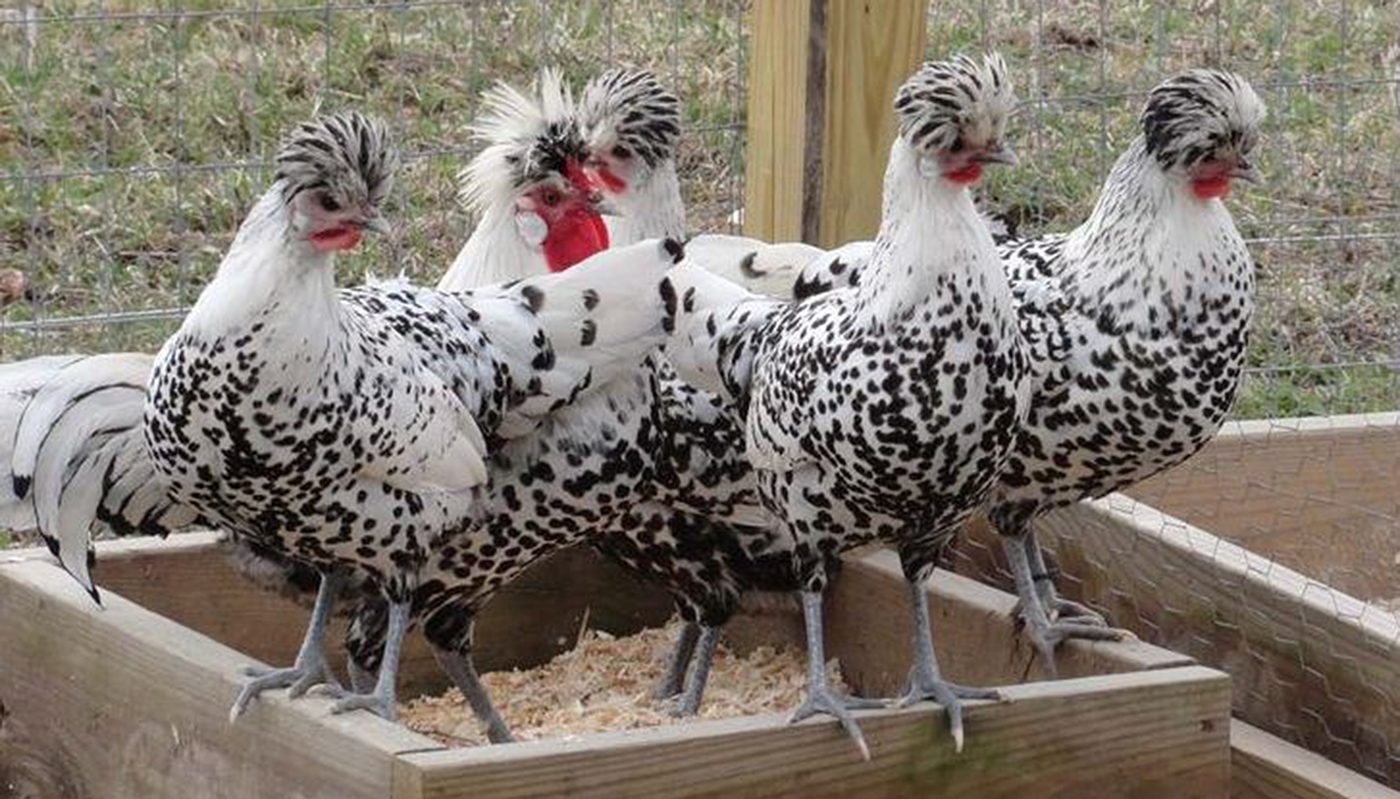 Appenzeller Chicken Breed – Everything You Need to Know
Appenzeller Chicken Breed – Everything You Need to Know Color Varieties that are found in a lot of the Various Chicken Breeds
Color Varieties that are found in a lot of the Various Chicken Breeds Hamburg Chicken Breed – Everything You Need to Know
Hamburg Chicken Breed – Everything You Need to Know The Zodiac of Chickens: Matching Chicken Breeds to Astrological Signs
The Zodiac of Chickens: Matching Chicken Breeds to Astrological Signs Conditions that can affect a Chicken Respiratory System
Conditions that can affect a Chicken Respiratory System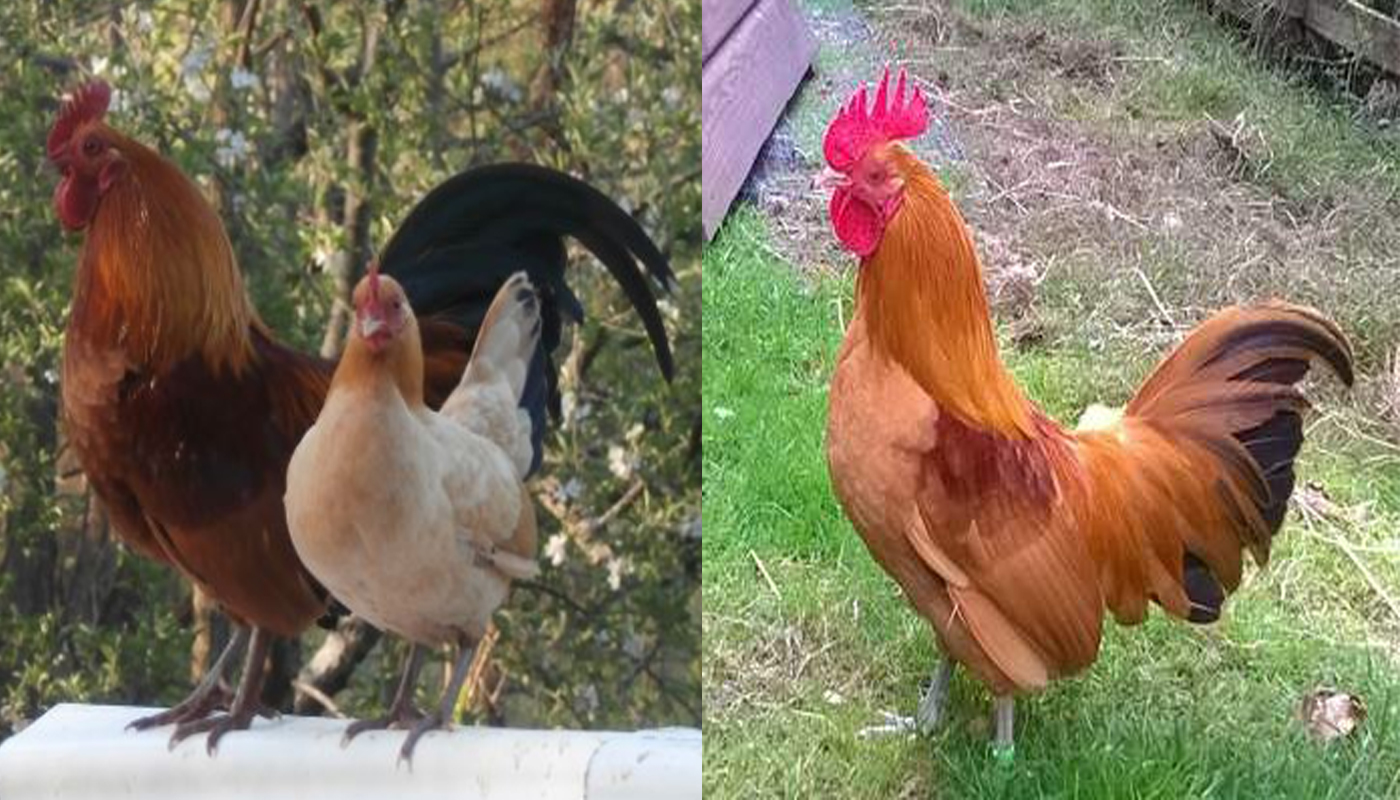 Nankin Chicken Breed – Everything You Need to Know
Nankin Chicken Breed – Everything You Need to Know HOW TO TELL IS A CHICKEN IS SICK
HOW TO TELL IS A CHICKEN IS SICK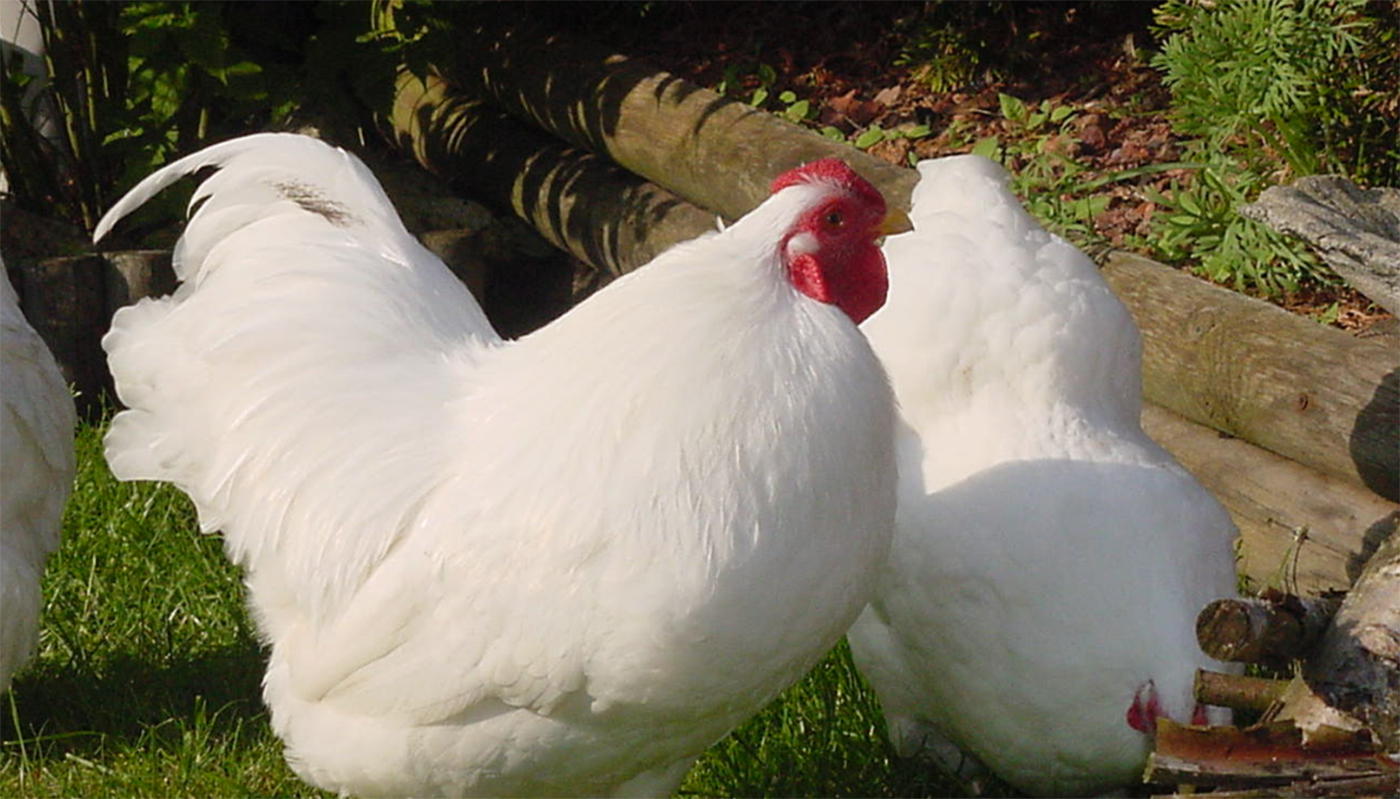 Chantecler Chicken Breed – Everything You Need to Know
Chantecler Chicken Breed – Everything You Need to Know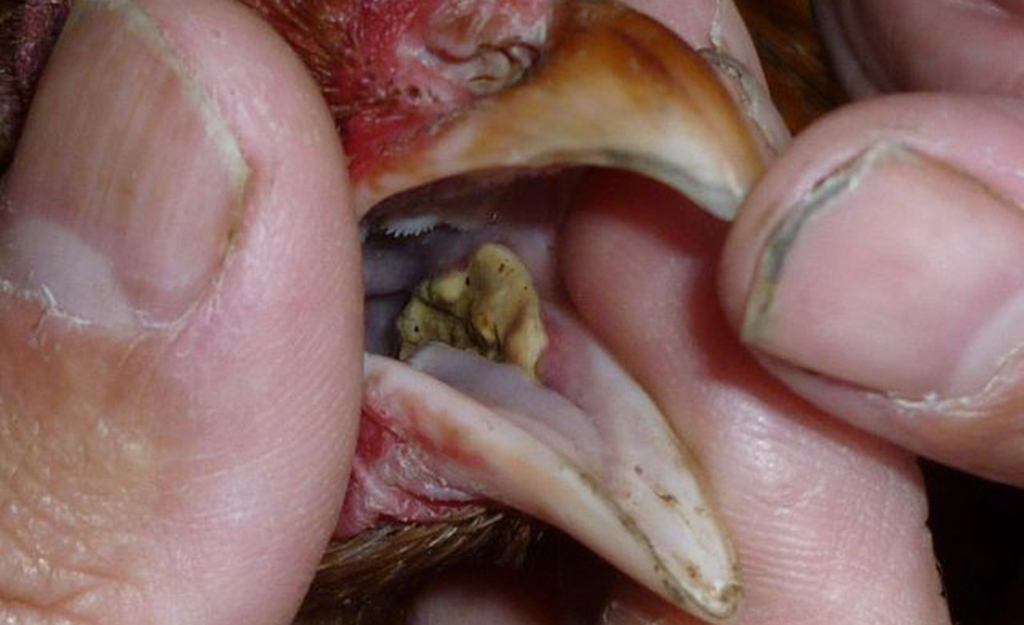 CONDITIONS THAT AFFECT THE DIGESTIVE SYSTEM OF CHICKENS
CONDITIONS THAT AFFECT THE DIGESTIVE SYSTEM OF CHICKENS